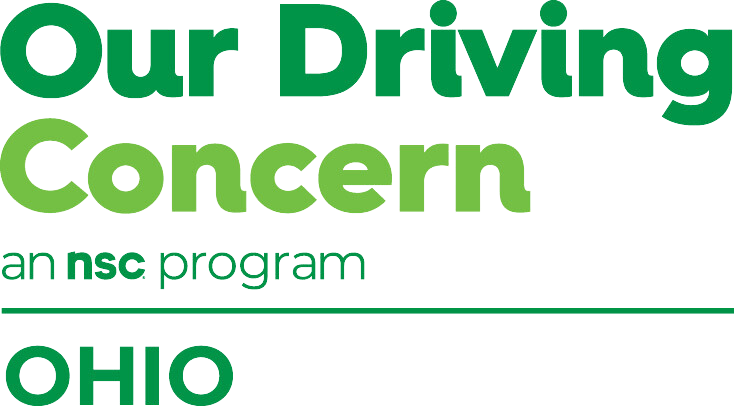Deliver the Goods
 Drivers between 16 and 24 are involved in more injury-producing crashes than any other age group, according to a report from the National Highway Traffic Safety Administration, in part because they lack experience behind the wheel and are less likely than older drivers to recognize and respond appropriately to risks on the road.
Drivers between 16 and 24 are involved in more injury-producing crashes than any other age group, according to a report from the National Highway Traffic Safety Administration, in part because they lack experience behind the wheel and are less likely than older drivers to recognize and respond appropriately to risks on the road.
For many young men and women in the workforce, driving is a regular part of their job, whether they are employed in an industry like agriculture or delivering goods and services.
What can you do to help keep them safe and protect your organization from crash liability exposure? Start with a review of your policies and procedures.
- Establish a seatbelt and hands-free policy for all young workers to reduce distractions while driving and ensure their safety.
- Be sure the vehicles they are driving meet local, state and federal regulations pertaining to the weight of the vehicle. In some cases, for example, 17-year-olds are not allowed to drive work vehicles that exceed 6,000 pounds gross vehicle weight.
- Be sure to keep driver time logs to avoid fatigue and monitor driving radius and distance.
The National Institute for Occupational Safety and Health has created a number of free resources for employers, parents and guardians to reference and use as safety tools. Keep these at your fingertips:
- Tips for employers
- Tips for parents
- Young Drivers in the Workforce: How Employers and Parents Can Help Keep Them Safe on the Road
Another good way for employers to actively participate in creating safer roads is to promote teen safe driving. Incentivizing teens to join your company by paying for their driver education can help reduce barriers to getting a license and getting to your place of business to work.
The National Safety Council also has free resources available. Through its DriveitHOME program, NSC offers Pointers for Parents and a number of other items you can share:
- Safety posters for display
- Ready-made safety talks, good for generating discussion at team meetings
- Infographics
- Videos, such as Sharing the Road produced by Ohio Office of Public Safety
- New Driver Deal, a parent-teen agreement designed to ensure rules related to driving are followed and understood.
In 2022, 290 fatalities resulted from youth-related crashes in Ohio. That accounts for almost 24% of all crashes involving all age groups statewide. If we can help these young drivers develop safe driving habits, the roads will be safer for everyone.
Back to School: Let’s Keep School Zones Safe
 Summer’s wrapping up, and the new school year is just around the corner. As kids head back to class, we all need to be extra careful in school zones. Ohio employers play a critical role in promoting school zone safety among their employees, who are also community members, parents and guardians. Together, we can make sure our roads are safe for everyone, especially our youngest community members.
Summer’s wrapping up, and the new school year is just around the corner. As kids head back to class, we all need to be extra careful in school zones. Ohio employers play a critical role in promoting school zone safety among their employees, who are also community members, parents and guardians. Together, we can make sure our roads are safe for everyone, especially our youngest community members.
Why It Matters
From 2011 to 2020, over 1,000 children were killed in school-related crashes nationwide. In Ohio, more than 100 pedestrians are killed each year, with many incidents near schools. Speeding, distractions and not yielding to pedestrians are the main culprits. Let’s work together to change this.
Top Safety Tips
Keep these tips in mind to protect kids on their way to and from school:
- Slow down: Stick to school zone speed limits. Every second counts. Learn from this video the science behind why speeding is so dangerous.
- Stay alert: Put the phone down. Kids can be unpredictable, and you need to be ready. Hang this fact sheet in your break room to remind employees of Ohio’s Phones Down law.
- Yield to pedestrians: Always stop for crossing guards and kids crossing the street. Include these National Safety Council pedestrian tips when discussing school zone safety.
- Be careful around buses: Never pass a stopped school bus with its lights flashing. Kids might be crossing. Share Ohio Department of Transportation’s The Loop video discussing school bus safety.
How Employers Can Help
Here are some fun and effective ways to get your team involved in school zone safety:
- Safety sessions: Host short, interactive workshops on school zone safety in August.
- Share tips: Use newsletters, emails and your intranet to share safety tips and stats such as these provided by the National Highway Traffic Safety Administration.
- Safety pledge: Get employees to sign a safe driving pledge such as the NSC Just Drive Pledge.
- Rewards: Offer incentives for employees who show safe driving habits or attend safety sessions.
- Community support: Partner with local schools to sponsor crossing guards or provide safety gear.
As the school year starts, let’s make sure we’re all doing our part to keep school zones safe. By spreading awareness and practicing safe driving, we can protect our kids and make our roads safer for everyone.
